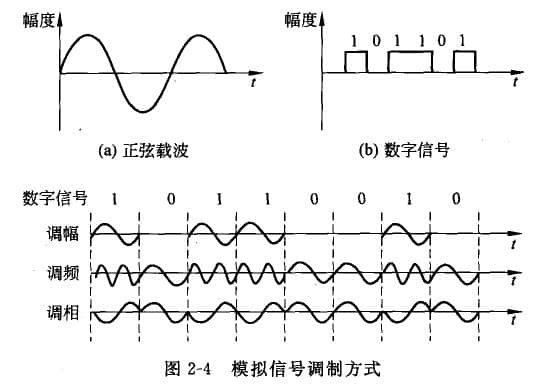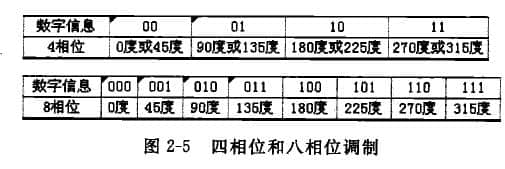-
simplified Chinese character -
Simplified Chinese English
Shangpin China Joins Hands with Beisheng Internet to Create a New Chapter in Website Construction
Signal modulation and demodulation technology


Station building process
-
Website requirements -
Website planning scheme -
Page design style -
Confirm delivery for use -
Data entry optimization -
Program design and development -
Follow up service -
contact number 010-60259772
Hot tags
-
Website construction -
Food website construction -
WeChat applet development -
Applet development -
Wuxi website construction -
Website construction of research institute -
Shenyang website construction -
Langfang website construction -
Zhengzhou website construction -
Construction of wedding photography website -
Mobile terminal website construction -
University website production -
Tianjin website construction -
Education website construction -
Brand website construction -
Government website construction -
Beijing website construction -
Website Design -
Website production
Latest articles
-

Website construction scheme: Fresh makeup aesthetics website Type: website construction 2025-03-13 -

Enterprise website construction plan: create a new business card for the network and open the digital future Type: website construction 2025-03-11 -

High end website production solution Type: website construction 2025-02-18
Recommended News
-
The impact of building mobile phone websites on traditional enterprises What is a mobile website? In short, with certain skills, the graphic information read on the computer can be 2021-11-30 -
Can website construction be completed through free software? There are a lot of intelligent software in the current market. In the past, if you want to build a website, you must give it to 2023-11-10 -
Industry door website construction solution Definition of industry portal website construction: providing industry insiders with industry related information services that 's ok... 2018-11-08 -
What are the skills of website keyword ranking? Let me show you Nowadays, more and more people use Baidu. Baidu's daily page views may be very large, which may not be me 2021-08-31 -
How do enterprise stations determine positioning keywords? Look at these good ways With the development of network marketing industry, many enterprises have established their own websites. So, for new friends 2021-05-11 -
Basic work to be done before website construction goes online The Internet is a magical stage. Many grassroots webmasters earn their first bucket of gold through the website 2013-07-17
Make an appointment with a professional consultant to communicate!
Disclaimer



